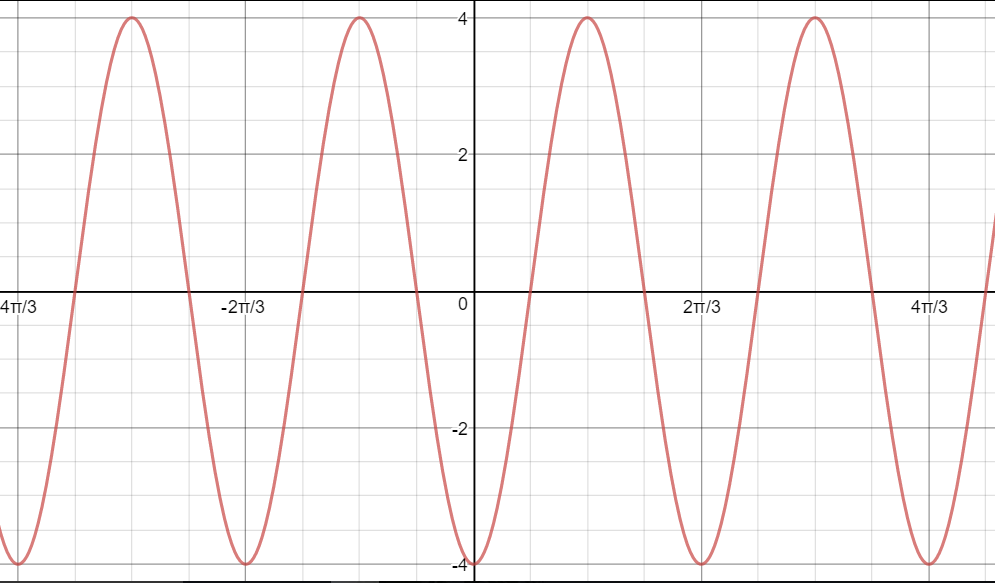

A few groups didn’t check in, and had to go back and do almost the whole project over again (it’s easier the 2nd time because they knew what to do!). In a normal class, I would be circling the class, looking over their shoulders, giving advice in person, but I really needed the students to let me know when they got something, so that I could approve or help them improve their work. After they finished their graph, they were to check in with me. After they got their data and equation, they were to check in with me. The biggest differences was how I requested students to “check in” with me. A little more than half the students chose to work in groups.

So I let them pick their groups (up to 3). I do not think that all my students have ways of communicating with everyone else in the class right now, so I needed to make sure they could communicate before I put them in a group, and yet, in this time of isolation, I wanted students to work with others as much as possible. I did allow students to choose whether to be in a group, and who they wanted to work with. I did not change the delivery of the project much at all! Since I flip the classroom, I already had the explanation video created.

Here’s my explanation video to the students.Īnd here’s my example presentation that I give to each of the students to use as a template. They then answer their question on a subsequent slide for when they’re presenting (again, on a normal year). I emphasize that these need to be asked in context–you don’t hear people saying “How much Y will there be when X is 34?”, instead they ask “How much daylight will there be on February 3rd?”. Students then go beyond by creating three questions based on their model.

I ask the students to link their graph in Desmos so that I can quickly check and so that they can open it back up if they lose the Desmos tab on their computer. Students then take the data and create a model and four representations of that model: description, equation, table, and graph. Students sometimes grab data that ends up not being sinusoidal, but once they throw it on a graph (Desmos!) then we can have a short, quick conversation about whether it’s sinusoidal or not. My hope in this project was to connect real-world situations and show students that periodic, sinusoidal functions are all around them. I do a few things to ensure success here The first two and the last one all have similar formats: students find/collect/create data, find a function that fits the data, create a graph, and then create three questions to ask their classmates.ĭuring a normal year, students would present their projects to their classmates, and this usually goes really well.


 0 kommentar(er)
0 kommentar(er)
